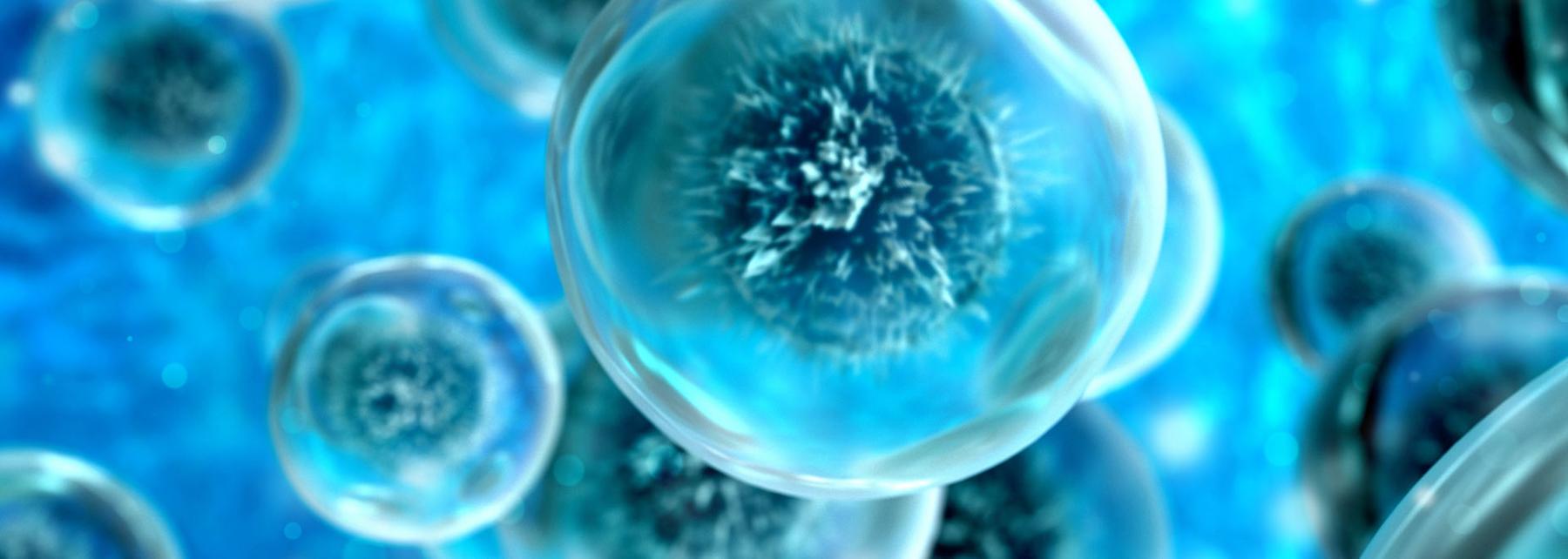
Animating Cell Organelles as a System with Scratch
Lesson Summary: Students code sprites in scratch to animate the Central Dogma of Biology
Materials:
Laptops
Agenda:
The teacher will introduce a list of items like the following: aquarium, bicycle, heart, sand, box of nails, soil, equation. The teacher will ask students which of these are systems and to justify their answers. Then the teacher will explain that all of these are systems except for the nails and sand. The teacher will ask why that might be and allow students to respond. Then the teacher will introduce the definition of a system: a system is a set of different parts working together to perform a complex task. (10 minutes)
The teacher will have students log into scratch and remix the cell organelle template provided, or the teacher will share the sb3 file on google classroom and students will upload the sb3 file to their scratch account. (20 minutes)
The teacher will find two youtube videos (or use the ones provided) that explain Scratch movement blocks and Scratch costume change blocks. (25 minutes)
https://www.youtube.com/watch?v=wYsXbbiZ4LI
https://www.youtube.com/watch?v=xvSTUwmRUdo
With the knowledge of movement blocks and costume blocks the students will play around and try to create an animated model of the central dogma of biology by organelles working together. (120 minutes)
Lesson Plan Link/URL
https://docs.google.com/presentation/d/18y3IT9Vw93IQ6GLyhsq7JCzFHONeDalA/edit?u…Subject Area
Science Life Science L1: Cells Technology 4. Innovative Designer 5. Computational Thinker 6. Creative Communicator Engineering S4: Apply Science to EngineeringRelated Content

Students will investigate the properties of different types of matter and apply the concept of "P1: Matter" to design, model, and 3D print an object using a MakerBot 3D printer. Hands-On STEM Design

This lesson is part 1 of 2. This lesson is set up to have students explore the friction bridge designed by Leonardo Da Vinci. Students first discover the inventor and become familiar with his life

This project sets students up to explore animal anatomy and physiology with the idea of replacing a lost appendage (beak, leg, tail, fin, etc.) This is used in small groups of 2 or 3 over the course